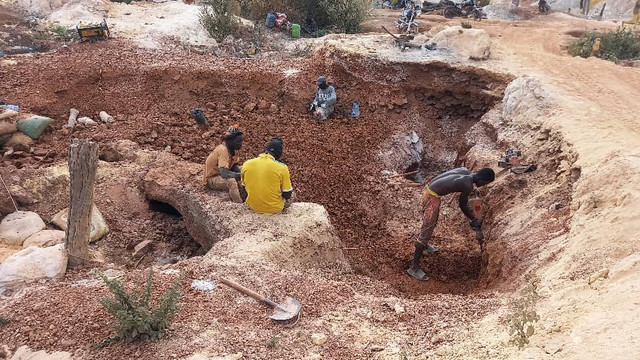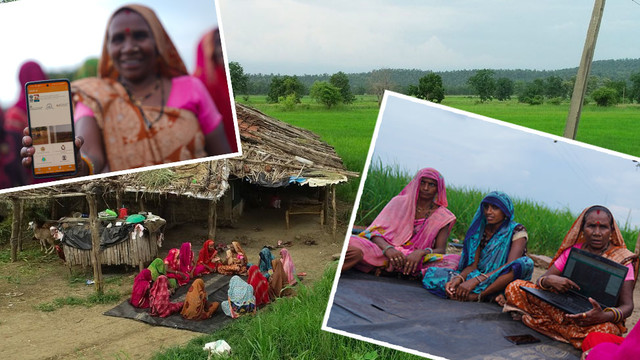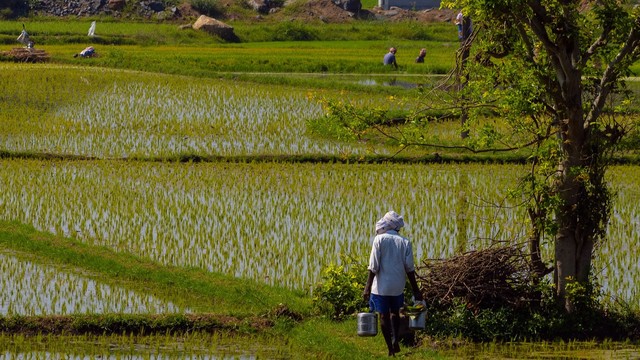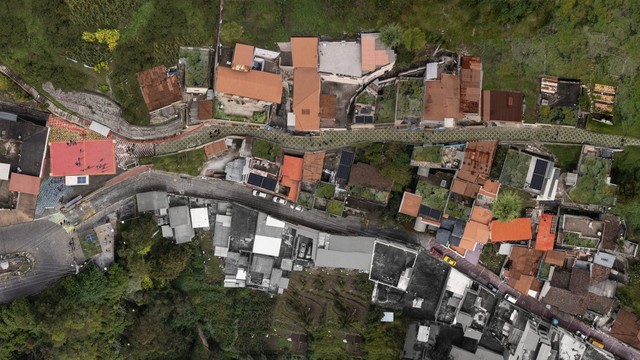Monitoring and evaluation in a local context
Assessing how climate change adaptation and development investments can strengthen local people's resilience to climate extremes.

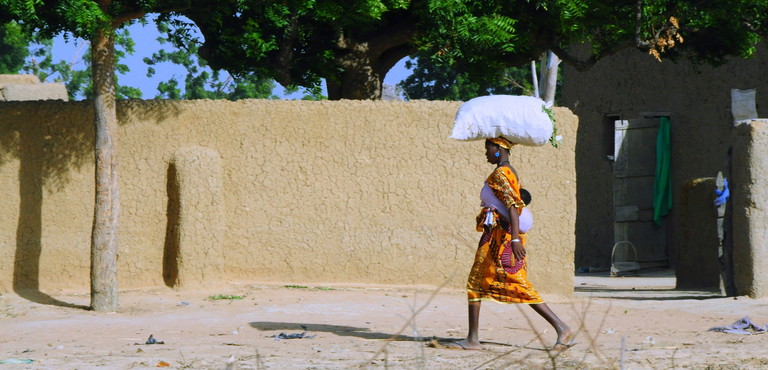
A woman carrying groceries in the village of Bouwéré, Mali. Assessments looked at how women experienced resilience to climate disruption (Photo: P.Casier/CGIAR, Creative Commons via Flickr)
In the BRACED Decentralising Climate Funds project led by the Near East Foundation, we support local governments in Mali and Senegal to set up and manage decentralised climate funds.
The idea is that governments and local communities themselves should have access to – and then prioritise – their own climate funds to invest in public goods.
The project teams are setting up and supporting local adaptation committees within local governments. Local climate funds are available from the BRACED project for each committee to disburse to local investments in public goods prioritised by local communities.
The public goods could be water points, improved livestock corridors for pastoralists and their herds to travel through, or governance mechanisms that build communities' resilience to climate shocks – such as droughts or floodings.
This means people can use their understanding of the local context to invest in public goods that will support their livelihoods in times of climate shocks and stresses.
The project has set up the institutional mechanisms for decentralising climate funds in 2015 and the first round of investments in public goods are due to be made in the next few months.
The public goods investments will support a different type of resilience depending on what the community chooses to invest in.
A community investing in a water point, for example, will enhance its access to water in times of drought, and as such build its capacity to absorb this shock.
Investment in irrigation schemes and market gardens will enable communities to extend their harvest season, thus increasing their food security and income as well as their capacity to anticipate future shocks and climate variations.
Changes in resilience
A key indicator of the BRACED programme is to measure and understand changes in households' level of resilience. A challenge for our project monitoring and evaluation (M&E) was therefore to create a baseline for resilience when we did not yet know how communities would invest to build their capacities – and what aspect of household resilience would be targeted over the project.
As we are setting up a system of decentralised climate funds within local government, we also wanted to use the BRACED data gathering process as a M&E template for the climate funds themselves.
To that end we sought to understand communities' contexts, what types of investments in public goods would be likely, and what types of changes in resilience we might see over time.
This allowed us to anticipate what changes in resilience would result from future investments, and to pilot M&E and research tools that could be used by local government.
We started by holding resilience assessments with local government officials and technical staff as well as community-based organisations from different agro-ecological zones (such as arid, humid or semi-humid areas).
In these workshops we identified local factors – like the types of crops farmers harvest – that support or undermine resilience to climate extremes in different agro-ecological zones and production systems. This included a focus on women, a group that is particularly vulnerable to climate extremes.
Using these assessments, we conducted a survey of 600 households to look into more detail at various dimensions of resilience, such as women's experiences and perceptions of their own resilience to shocks and stresses, the quality and availability of natural resources and the occurrence of climate-related stresses and shocks.
Based on the resilience assessments and the survey, we defined four aspects of resilience for our project: household perception of resilience (measured for the head of the household and the primary wife in the household); use of improved agricultural techniques such as drought-resistant seeds; quality and ease of access to equipment and infrastructure for agricultural, livestock and fishing systems; and natural resource governance.
In many cases, households and communities were using resources and techniques – such as diversifying their production – to increase their resilience to absorb seasonal climate variations.
These four areas allow the project M&E system to respond to investments in public goods (by tailoring the resilience indicators to each public good) and reflect the main factors behind communities’ resilience.
We hope that by testing the validity and sensitivity of these indicators before and after any public goods are invested in we will be able to incorporate key resilience indicators into decentralised climate fund systems.
This blog is part of a BRACED series on lessons in Monitoring and Measuring Resilience from Implementing Partners.
Susannah Fisher (susannah.fisher@iied.org) is a senior researcher in IIED's Climate Change research group. This blog first appeared on the BRACED website.
